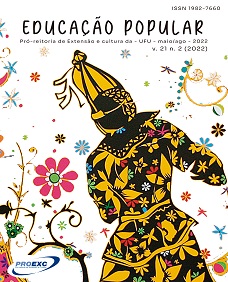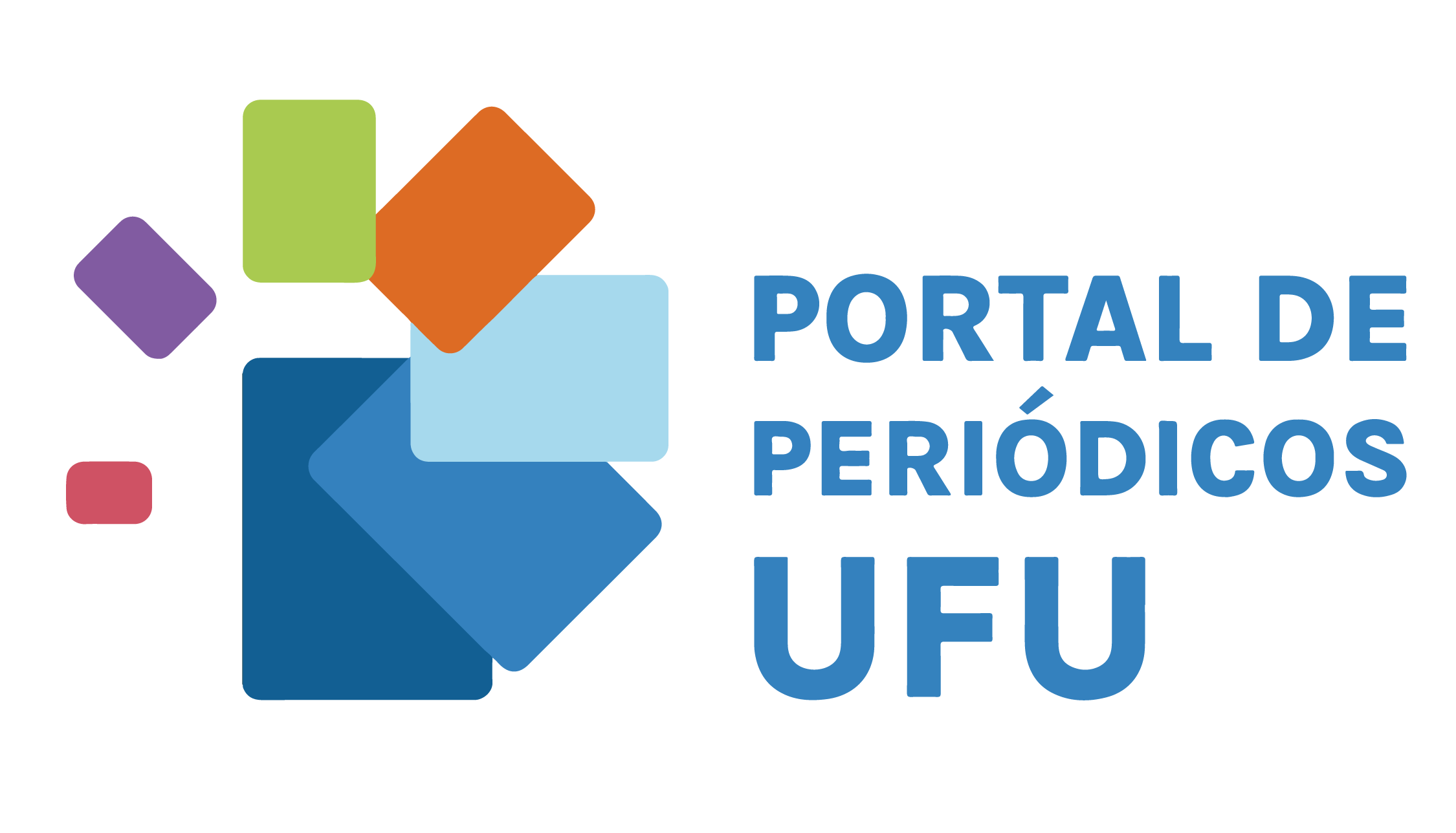Popular knowledge, Chemistry and medicinal plants
a teaching approach for secondary level based on practical activities
DOI:
https://doi.org/10.14393/REP-2022-63484Keywords:
Teaching Sequence, Learning in Chemistry, Classroom research, Organic ChemistryAbstract
The text discusses a teaching sequence about medicinal plants, guided by research inside and outside the classroom and developed in the curricular components of Chemistry and Integrated Seminar. The theme makes it possible to value the popular knowledge of students, which contributes to the construction of educational practice. Chemistry teaching approached the reality of students from the rescue and appreciation of some popular knowledge in the classroom to go beyond the abstract understanding of knowledge. Along this concept, activities contribute to learning Chemistry and to the citizenship formation of students. The diversification of the adopted teaching strategies favored understanding the approached contents and the representational language of the structures in Organic Chemistry. It was possible to perceive, on the part of the students, an appropriation of related chemical concepts and terms, showing the contribution of the theme to the context of basic education, both in the development of school contents and in the student's research, which gives them greater autonomy in search for information.
Downloads
References
BAH, M.; PEREDA-MIRANDA, R. Alcalóides pirrolizidínicos. In: SIMÕES, C. M. O. et al. (org.). Farmacognosia: da planta ao medicamento. 6. ed. Porto Alegre: Editora da UFRGS; Florianópolis: Editora da UFSC, 2010. p. 847-867.
BRASIL. Ministério da Educação. Base Nacional Comum Curricular. Brasília, DF: MEC, 2018. Disponível em: http://basenacionalcomum.mec.gov.br/images/BNCC_EI_EF_110518_versaofinal_site.pdf. Acesso em: 18 ago. 2021.
CHASSOT, A. Saberes populares fazendo-se saberes escolares: uma alternativa para a alfabetização científica. In: ANPED SUL: PESQUISA EM EDUCAÇÃO E COMPROMISSO SOCIAL, 5., 2004, Curitiba. Anais [...]. Curitiba: Anped, 2004. Disponível em: http://www.portalanpedsul.com.br/. Acesso em: 20 ago. 2021.
FALKENBERG, M. B.; SANTOS, R. I.; SIMÕES, C. M. O. Introdução à análise fitoquímica. In: SIMÕES, C. M. O. et al. (org.). Farmacognosia: da planta ao medicamento. 6. ed. Porto Alegre: Editora da UFRGS; Florianópolis: Editora da UFSC, 2010. p. 234.
FARIAS, M. R. Avaliação da qualidade de matérias-primas vegetais. In: SIMÕES, C. M. O. et al. (Org.). Farmacognosia: da planta ao medicamento. 6. ed. Porto Alegre: Editora da UFRGS; Florianópolis: Editora da UFSC, 2010. p. 263-288.
INSTITUTO BRASILEIRO DE GEOGRAFIA E ESTATÍSTICA (IBGE). Coordenação de população e indicadores sociais. Síntese de indicadores sociais: uma análise das condições de vida da população brasileira. Rio de Janeiro: IBGE, 2019. Disponível em: https://biblioteca.ibge.gov.br/visualizacao/livros/liv101678.pdf. Acesso em: 22 abr. 2020.
LORENZI, H.; MATOS, F. J. A. Plantas medicinais no Brasil: nativas e exóticas. 2. ed. Nova Odessa: Instituto Plantarum de Estudos da Flora, 2008.
MORAES, R. Uma tempestade de luz: a compreensão possibilitada pela análise textual discursiva. Ciência & Educação, Bauru, v. 9, n. 2, 2003. Doi: 10.1590/S1516-73132003000200004. Disponível em: https://www.scielo.br/j/ciedu/a/SJKF5m97DHykhL5pM5tXzdj/?lang=pt. Acesso em: 22 abr. 2020.
NOGUEIRA, L. J.; MONTANARI, C. A.; DONNICI, C. L. Histórico da evolução da química medicinal e a importância da lipofilia: de Hipócrates e Galeno a Paracelsus e as contribuições de Overton e de Hansch. Revista Virtual de Química, Niterói, v. 1, n. 3, p. 227-240, 2009. Doi: 10.5935/1984-6835.20090023. Disponível em: https://rvq-sub.sbq.org.br/index.php/rvq/article/view/55. Acesso em: 22 abr. 2020.
SANTOS, W. L. P.; SCHNETZLER, R. P. Função social: o que significa ensino de química para formar o cidadão? Revista Química Nova na Escola, São Paulo, n. 4, p. 28-34, nov. 1996. Disponível em: http://qnesc.sbq.org.br/online/qnesc04/pesquisa.pdf. Acesso em: 22 abr. 2020.
Downloads
Published
How to Cite
Issue
Section
License
Copyright (c) 2022 Anajara Kaczmareck Figaro, Eril Medeiros da Fonseca, Renata Hernandez Lindemann

This work is licensed under a Creative Commons Attribution-NonCommercial-NoDerivatives 4.0 International License.
Autores que publicam nesta revista concordam em manter os direitos autorais e conceder à revista o direito de primeira publicação, com o trabalho simultaneamente licenciado sob a Licença Creative Commons Atribuição-NãoComercial-SemDerivações 4.0 Internacional.





